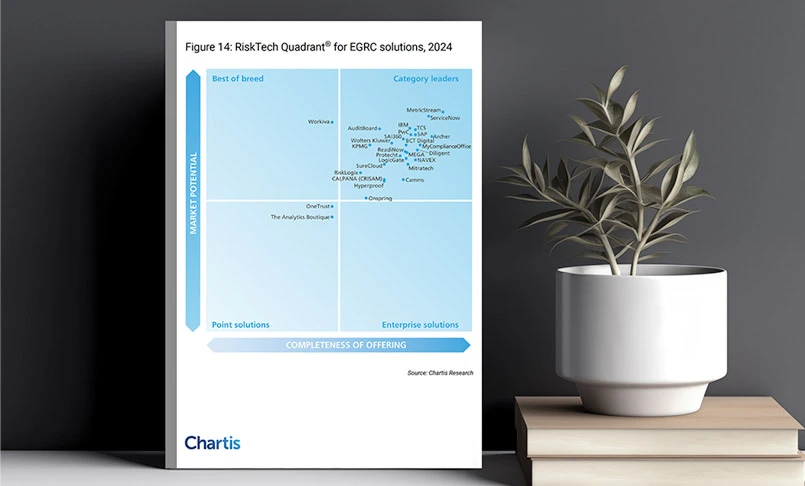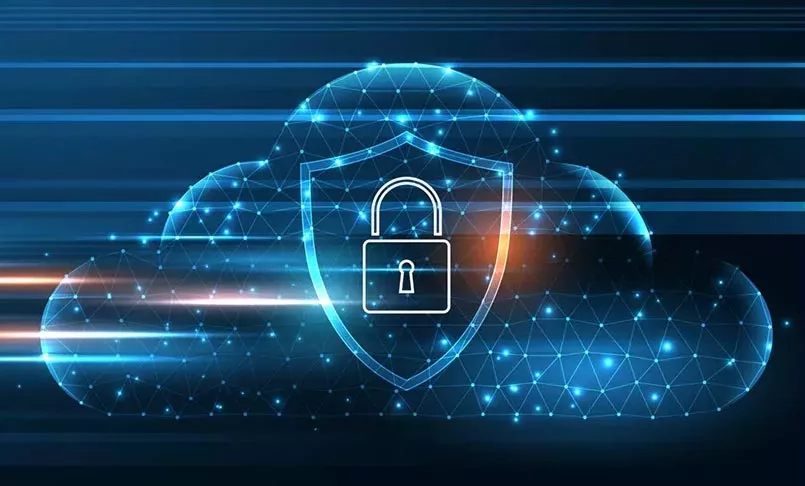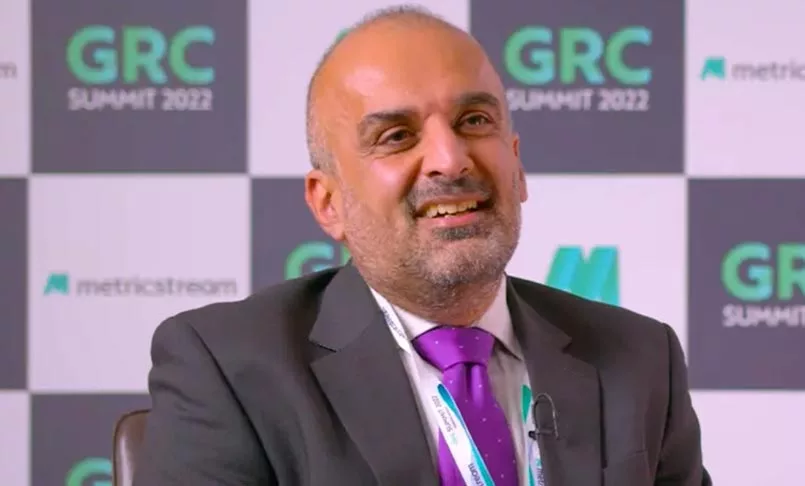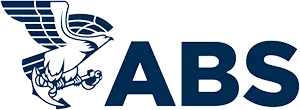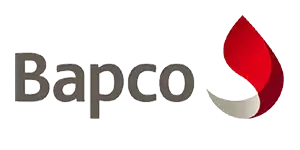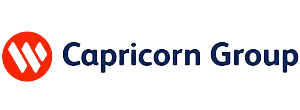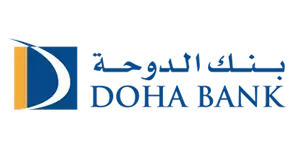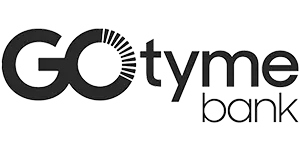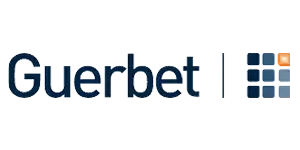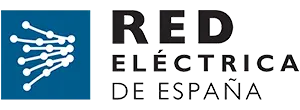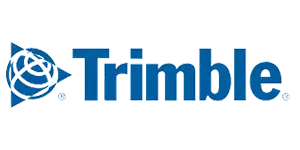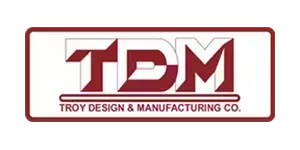We empower organizations to transform risk into a strategic advantage
-
PRIORITIZE YOUR CYBER RISK INVESTMENTS
Enable cyber risk quantification in monetary value. Understand the effectiveness of security programs and plan future investments.
-
ALIGN CYBERSECURITY WITH BUSINESS
Link IT and cyber risk with the organization’s business priorities to analyze the business impact and ensure that the business is not impacted.
-
REDUCE THE RISK OF DATA BREACHES
Proactively reduce the risk of data breaches by enabling regular risk and control assessments and adopt effective mitigation strategies.
LEARN MORE -
IMPROVE SECURITY AND RISK VISIBILITY
Gain a unified view of risks, threats, and vulnerabilities impacting assets, the business, and of the effectiveness of policies and controls, in real-time.
Solutions
CyberSecurity
Digital Risk
Integrated Risk
Enterprise GRC
Measurable Outcomes
MetricStream CyberSecurity Solution provides a single point of reference to manage multiple cybersecurity related activities and enhances cyber resilience.
-
Prioritize technology investments to focus on the most critical IT and cyber risks impacting organizational goals.
-
Lower the impact of IT incidents, and minimize business disruptions.
-
Reduce compliance violations, penalties, and the risks of reputational damage.
-
Build confidence among leadership, board, and regulators with a mature and agile IT and cyber governance program .
As organizations go digital, Chief Information Security Officers (CISOs) need to ensure that data and strategic assets.
